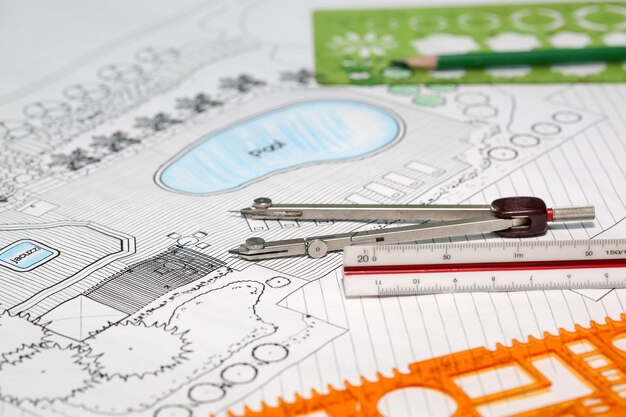Design and Interpretation of Instrumentation Drawings 13th – 17th October 2025
- Description
- Reviews
Course Content:
Design and Interpretation of Instrumentation Drawings course typically focuses on the skills and knowledge required to create, read, and understand technical drawings used in the design and installation of instrumentation systems. These systems are used for monitoring and controlling processes in industries like oil and gas, manufacturing, and energy.
The course is typically suited for engineers, technicians, and designers working in automation, process control, and instrumentation fields. It equips them with the expertise to read and produce technical drawings essential for the installation, operation, and maintenance of industrial instrumentation systems.
Course Objectives:
By the end of this course, students will be able to:
1. Understand Instrumentation Design:
Gain a clear understanding of the design process for instrumentation systems used in industries.
2. Interpret Instrumentation Diagrams:
Develop the skills to accurately read and interpret common instrumentation diagrams like P&IDs (Piping and Instrumentation Diagrams), loop diagrams, and wiring diagrams.
3. Apply Standards and Symbols:
Familiarize with the global and industry-specific symbols, standards, and conventions used in instrumentation drawings.
4. Understand Process Control:
Learn how to design and read systems that monitor, control, and automate industrial processes.
5. Analyze Instrumentation Layouts:
Develop the ability to critically evaluate the layout of instrumentation in different industrial applications.
6. Practical Application:
Integrate theoretical knowledge with practical skills to effectively use instrumentation drawings in real-world engineering contexts.
Course Contents:
Module 1: Introduction to Instrumentation Systems
- Overview of instrumentation in industrial automation.
- Key components of instrumentation systems: sensors, controllers, actuators, and final control elements.
- Importance of instrumentation in monitoring and control.
Module 2: Fundamentals of Instrumentation Drawings
- Purpose and types of instrumentation drawings.
- Overview of P&ID (Piping and Instrumentation Diagrams).
- Loop diagrams, electrical wiring diagrams, and instrument installation diagrams.
Module 3: Instrumentation Symbols and Standards
- Standard symbols used in instrumentation diagrams (ISA, IEC, and ISO).
- Understanding different instrument symbols: transmitters, controllers, valves, actuators, and more.
- Common conventions and terminology used in instrumentation design.
Module 4: P&ID (Piping and Instrumentation Diagram) Interpretation
- Structure and components of P&ID.
- How to read and understand P&ID symbols.
- Mapping of instruments and control loops on a P&ID.
- Troubleshooting and error detection in P&IDs.
Module 5: Process Control Loop Diagrams
- Basics of control loops (open-loop vs. closed-loop systems).
- Types of control: On/off, proportional, integral, and derivative control.
- Understanding control loops and their representation in diagrams.
Module 6: Instrumentation Wiring Diagrams
- Design and interpretation of wiring diagrams for instruments.
- Relationship between electrical schematics and control systems.
- Power supplies, groundings, and connections in instrumentation systems.
Module 7: Instrument Layouts and Installation Drawings
- Instrumentation layout design principles.
- Design of field installations, panel drawings, and wiring.
- Importance of layout for maintenance and accessibility.
Module 8: Case Studies and Practical Exercises
- Practical case studies to interpret and design instrumentation diagrams.
- Hands-on exercises on creating and reading instrumentation drawings.
- Real-life applications in industries like oil and gas, power generation, chemical processing, and manufacturing.
Module 9: Review of Safety Standards and Codes
- Safety considerations in instrumentation system design.
- International standards related to instrumentation systems (IEC, ISO, NFPA).
- Hazardous area classifications and electrical safety codes.
Module 10: Advanced Topics in Instrumentation Design
- Integration of instrumentation systems with SCADA and DCS systems.
- Designing for automation and digitalization.
- Trends and emerging technologies in instrumentation systems (IoT, smart sensors).





